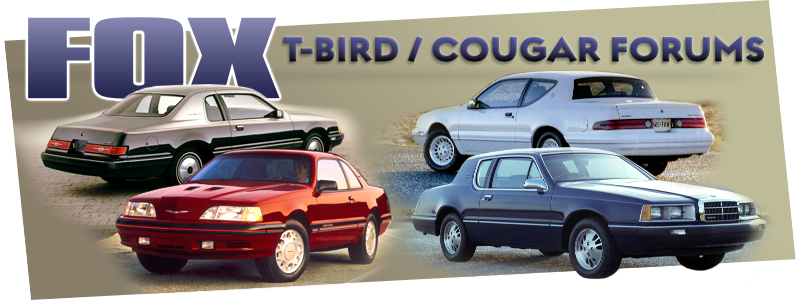Camber/Caster/Toe adjustements

Reply #2 –
I swapped the strut mounts and the rest of the front suspension,had a professional alignment,and the tires are doing great.No abnormal wear at all.Leave the alignment to the pros.I do believe that aligning 21 year old (or older) suspensions with original parts and high mileage is a waste of time.I have seen instances where CC kits are used,and really help.I was lucky and didn't need them.
 Topic: Camber/Caster/Toe adjustements (Read 2470 times)
previous topic - next topic
Topic: Camber/Caster/Toe adjustements (Read 2470 times)
previous topic - next topic
